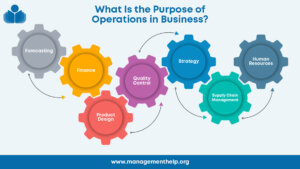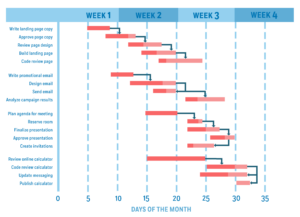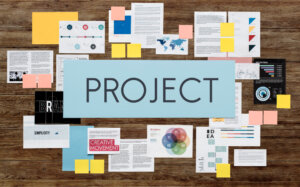You’ve heard of the old proverb: “if it’s too good to be true then it probably is”. In other words be suspicious of people offering you high returns for little investment.
Whilst that might apply to everyday situations such as when that door to door salesman comes knocking and offers you a free holiday in return for one of his garden sheds, what’s this got to do with project management?
Well, quite a lot actually. If you’ve ever been involved in those pre-project discussions with your sales team who have just offered a product to a client which hasn’t yet been designed, then you will know what I’m talking about.
The problem is essentially that you cannot deliver something well (i.e. high quality), both cheaply and quickly. Anyone who promises all three things is either deluding themself (and possibly trying to delude you too), or simply doesn’t understand project management.
Let’s think of a simple project – having a new house built for example. Could this be built cheaply? Sure it could, if you could source the materials second-hand perhaps or maybe retrieve them from a demolition site. You could even try designing and building it yourself to save on labour costs.
Could it be built to a high standard? Of course! You could build it with all the latest bells and whistles, providing you can source the components and there are people competent enough to install them. But delivering to a high standard however doesn’t come cheap. If you really need to keep costs down, you are going to have to cut out all the nice things about the house – the en-suite bathroom, the fitted kitchen etc. And whilst you’re at it, why not just have a single room? That would be much cheaper than that 4 bed house you were dreaming about.
Could it be built quickly? Generally speaking, the smaller the house, the quicker it could be built. But if you really don’t want to compromise on the size, you might be able to build it quickly using pre-fabricated panels built in a factory, but these things don’t come cheap either. You could also have a team of hundreds but it’s always going to take a certain time to complete and just having more people might actually slow things down if they’re getting in each others’ way. Just instructing the trades people to work twice as quick is no good either because they’ll just make lots of mistakes, and the result will be shoddy. A leaky roof or dodgy electrics is not my idea of a high quality build.
So, you can see the problem here. Trying to deliver a high quality product both quickly and cheaply is simply not feasible. Project managers have grappled with this conundrum for years and have created an abstraction to help them understand it. It’s what’s become known as the project triangle.
The three 3 sides of the triangle are scope, cost and time. Every project will have one side (or sometimes 2) which is fixed. For example, the London 2012 Olympic projects had the time side fixed. The side(s) which is fixed cannot be changed no matter what happens. The other sides however have flexibility. For example if you are in danger of delivering late, then a common remedy to get the project back on schedule is to add more staff to the project which of course, will increase the cost side.
So what lessons do we take away here? Well, firstly, ensure there is agreement with your stakeholders about which side of the triangle is fixed. That will help you to understand the areas where there is room to manoeuvre. Secondly, manage their expectations throughout, so that you never over-promise what you are going to deliver. It’s always best to under-promise and then over-deliver at the end. Thirdly, educate your sales staff so that they understand that you can only ever deliver two of the following – good, cheap, fast – from your project.
If you are able to achieve this, then your project has a much better chance of meeting your clients’ needs and should ensure a much less stressful project for all.
What do you think? Do you think it’s possible to deliver all three things on a project?
 Sections of this topic
Sections of this topic













